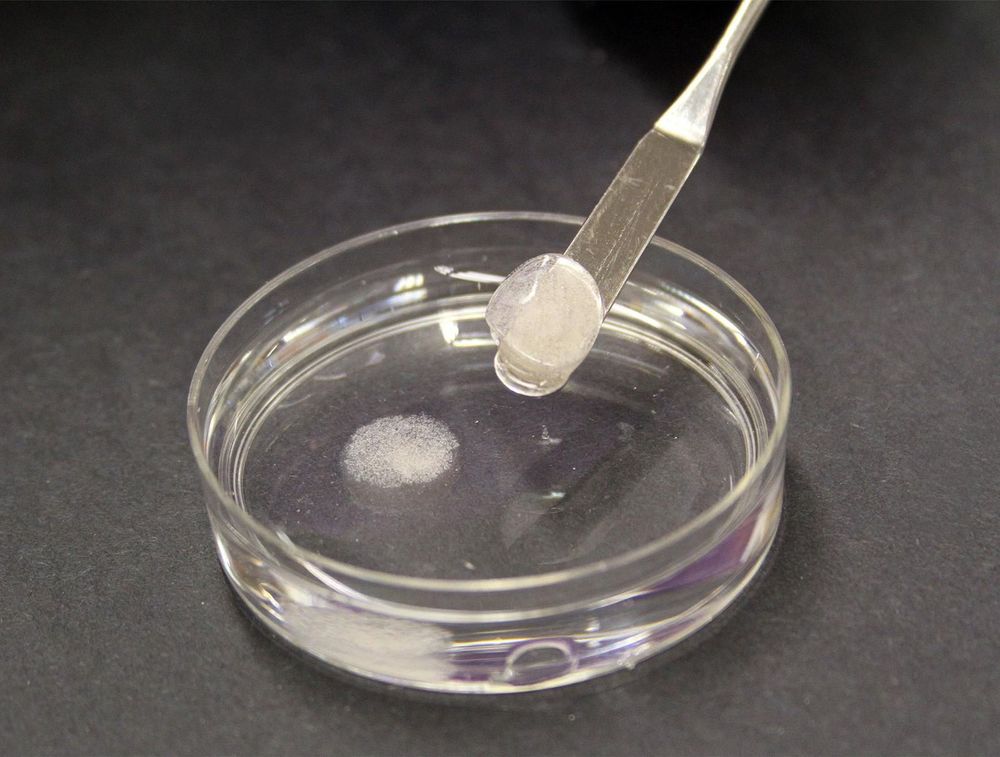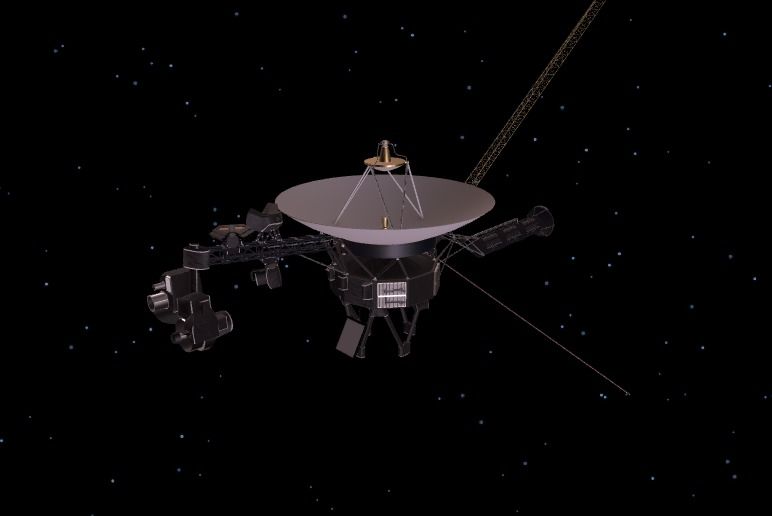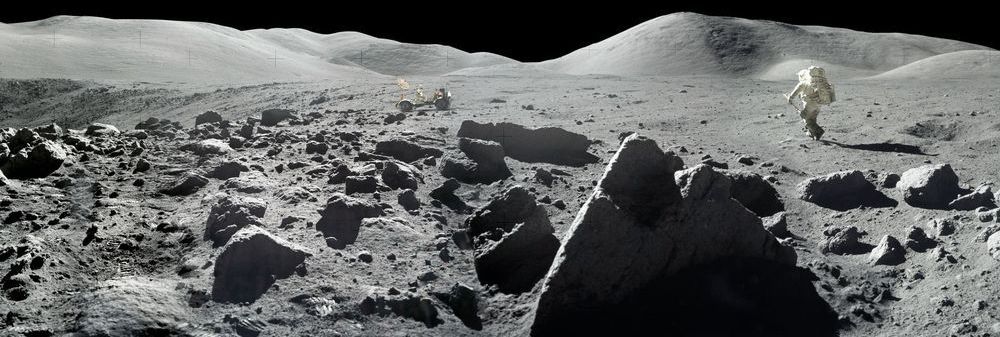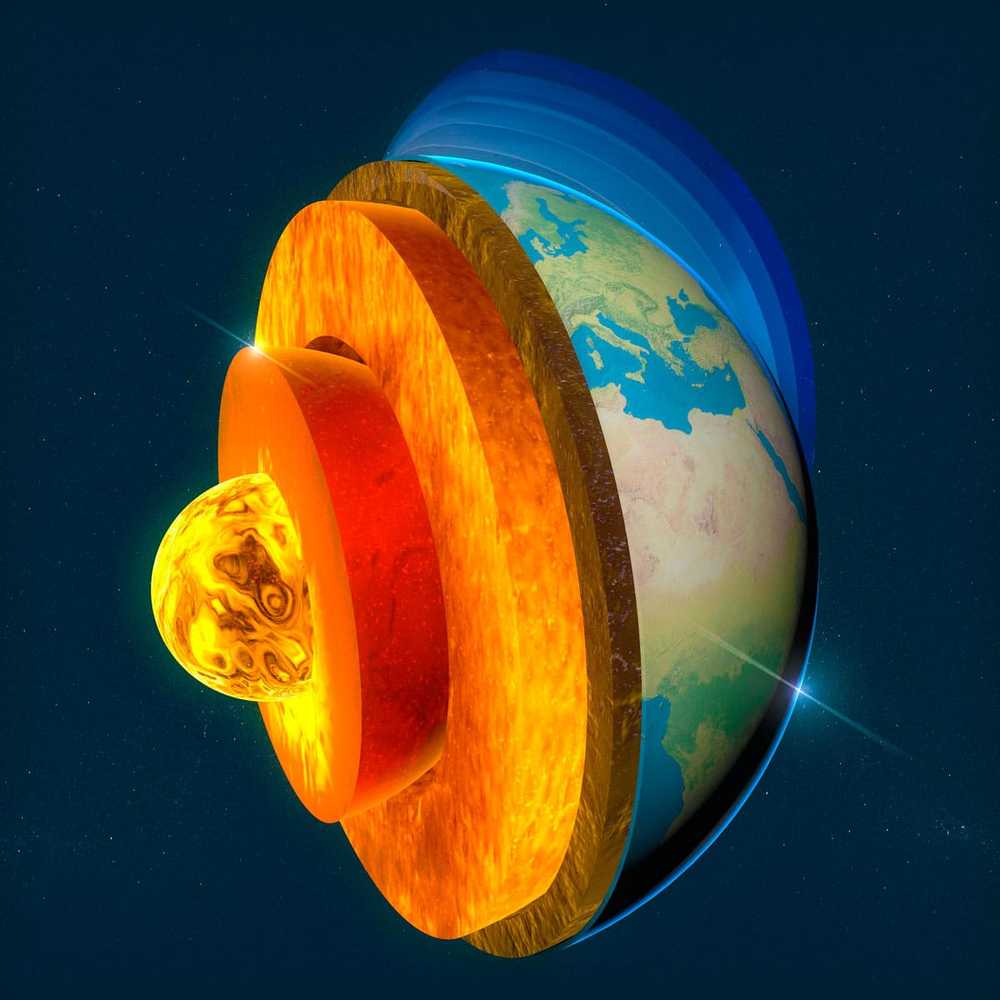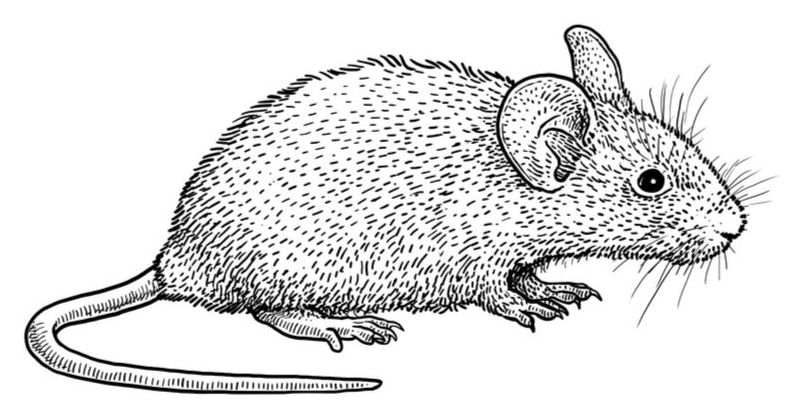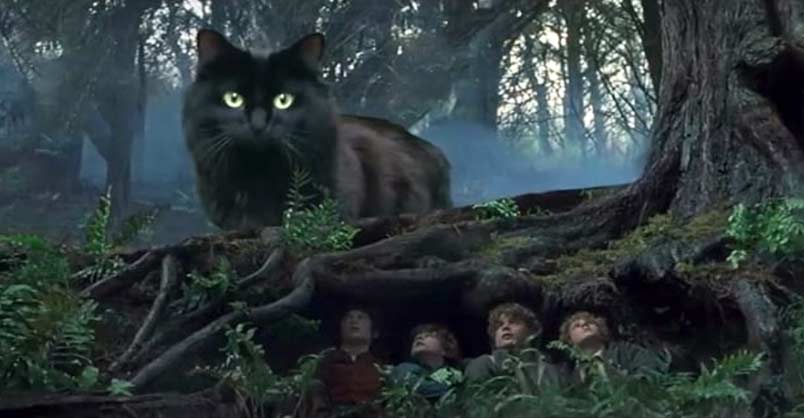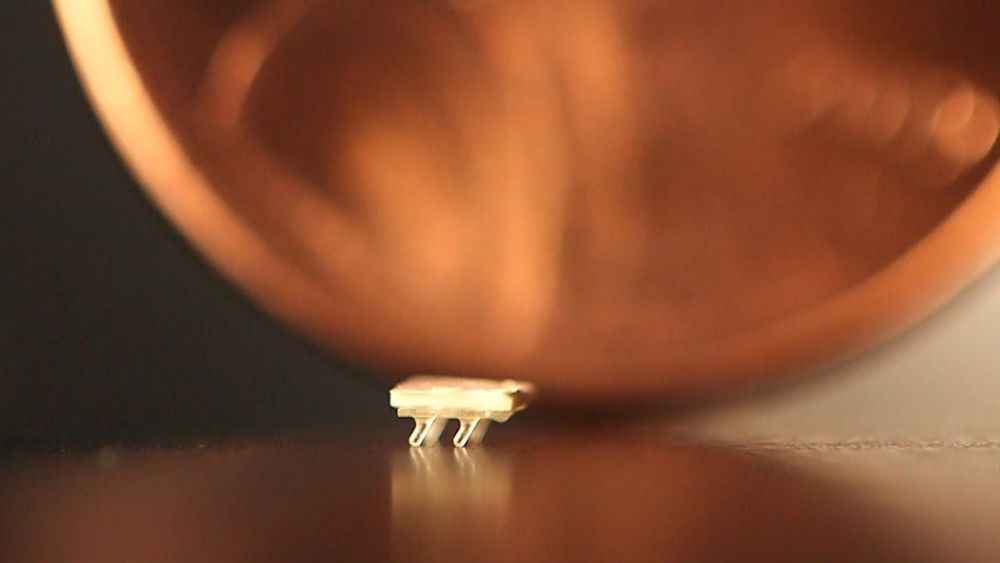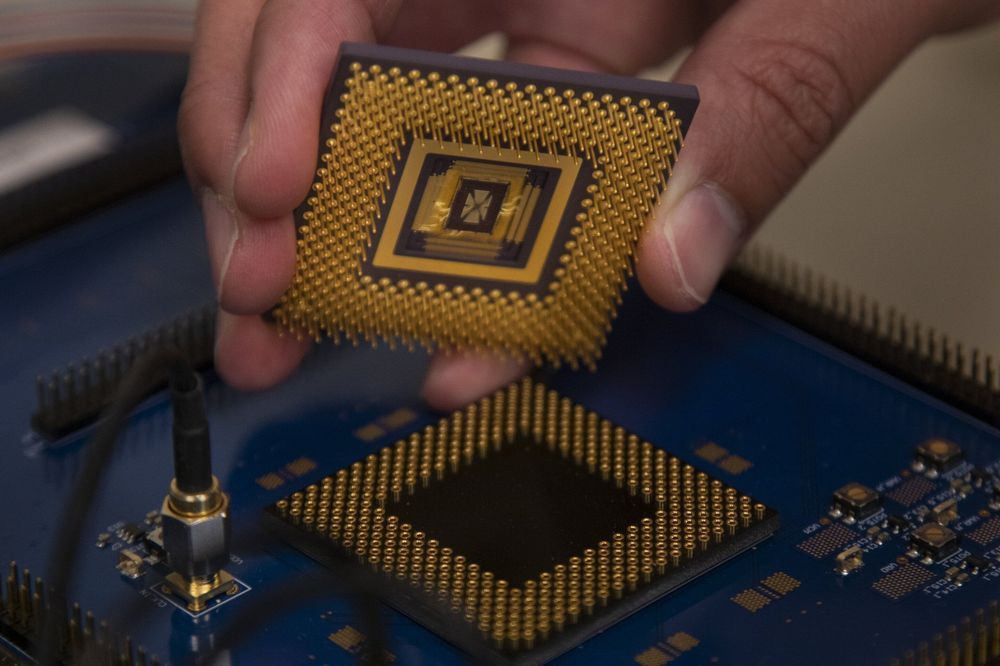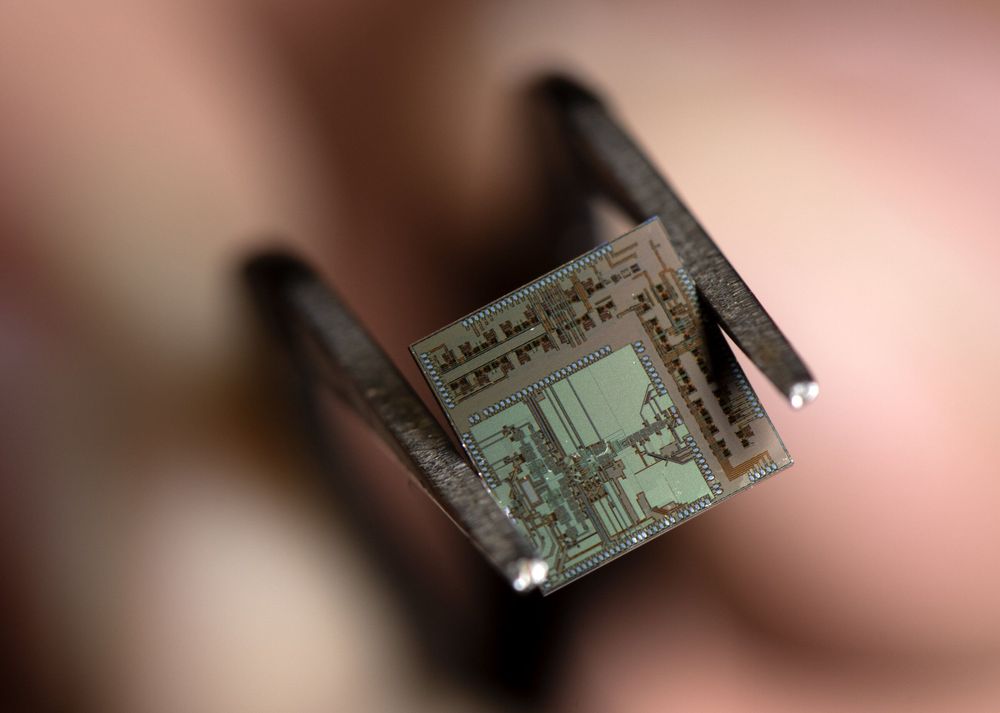People with bones damaged by accidents, cancer or aging could one day benefit from bone grafts strengthened with chicken eggshells.
It’s been almost 42 years since NASA sent its two Voyager spacecraft on record-breaking missions, and both of the decades-old robots are still alive. Voyager 1 and 2 are 13.5 billion and 11.1 billion miles from Earth, respectively, and it’s up to NASA engineers to ensure they remain up and running for as long as possible.
As the agency reveals in a new update, mission managers recently decided to shut down one of the heaters on Voyager 2 which is designed to keep its cosmic ray subsystem (CRS) instrument at a comfortable temperature. This was done to conserve energy, but the CRS itself miraculously still works, despite dipping well below the temperatures it was tested at over four decades ago.
After a thunderous launch on a Saturn V rocket, a three day journey through the unforgiving environment of space and a daring descent in the Lunar Module, you’re here: standing on the Moon. Look around and take in the sights of the surface, just as Apollo 17 astronauts Eugene Cernan and Harrison Schmitt saw it almost 5 decades ago. #Apollo50th
NASA imagery experts at NASA’s Johnson Space Center have “stitched together” images from the Apollo landing sites on the Moon for a 50th anniversary reminder of what the 12 humans who walked on its surface experience visually.
Individual images taken by the Apollo astronauts were pulled together by NASA imagery specialist Warren Harold at Johnson, and the accuracy of the unique perspective they represent was verified by Apollo 17 astronaut Harrison “Jack” Schmitt, the only geologist to walk on the Moon.
“The Valley of Taurus-Littrow on the Moon presents a view that is one of the more spectacular natural scenes in the Solar System,” Schmitt said about the images stitched together from his Moon base Station 5 at the Taurus-Littrow landing site.
Generating electricity from geothermal energy requires devices that can somehow make use of the heat within the Earth’s crust.
Researchers from Johns Hopkins University have published a new study that sheds light on skin rejuvenation, and it shares a link with what some cosmetic companies are doing using laser therapy.
A link between cosmetics and regeneration
During their study, the researchers found that the laser treatments used by cosmetic companies and retinoic acid, which is produced by the skin and sold commercially to treat wrinkles and sun damage, also target the same pathway. In addition, they also found that the activity of this pathway is increased in mice when they regenerate their hair follicles [1].
Meet Lizzy! Also known as Owl Kitty, she is the latest sensation that has hit Instagram and you can see why. Cats are well known for their skills at hunting, manipulating humans to get treats, and winding up the family dog. But did you know they are also excellent at acting? Well, some of them are.
Her cat dad, Thibault Charroppin, is a talented video editor and he decided to put his and her skills to good use by creating these hilarious movie clips. Her amazing performances have captured the hearts of her 445k Instagram following with some of the videos gathering over one million views.
We think she’s a star in the making, take a look and I’m sure that you’ll agree.
Researchers have created a new type of tiny 3D-printed robot that moves by harnessing vibration from piezoelectric actuators, ultrasound sources or even tiny speakers. Swarms of these “micro-bristle-bots” might work together to sense environmental changes, move materials—or perhaps one day repair injuries inside the human body.
The prototype robots respond to different vibration frequencies depending on their configurations, allowing researchers to control individual bots by adjusting the vibration. Approximately two millimeters long—about the size of the world’s smallest ant—the bots can cover four times their own length in a second despite the physical limitations of their small size.
“We are working to make the technology robust, and we have a lot of potential applications in mind,” said Azadeh Ansari, an assistant professor in the School of Electrical and Computer Engineering at the Georgia Institute of Technology. “We are working at the intersection of mechanics, electronics, biology and physics. It’s a very rich area and there’s a lot of room for multidisciplinary concepts.”
The first programmable memristor computer—not just a memristor array operated through an external computer—has been developed at the University of Michigan.
It could lead to the processing of artificial intelligence directly on small, energy-constrained devices such as smartphones and sensors. A smartphone AI processor would mean that voice commands would no longer have to be sent to the cloud for interpretation, speeding up response time.
“Everyone wants to put an AI processor on smartphones, but you don’t want your cell phone battery to drain very quickly,” said Wei Lu, U-M professor of electrical and computer engineering and senior author of the study in Nature Electronics.
A new wireless transceiver invented by electrical engineers at the University of California, Irvine boosts radio frequencies into 100-gigahertz territory, quadruple the speed of the upcoming 5G, or fifth-generation, wireless communications standard.
Labeled an “end-to-end transmitter-receiver” by its creators in UCI’s Nanoscale Communication Integrated Circuits Labs, the 4.4-millimeter-square silicon chip is capable of processing digital signals significantly faster and more energy-efficiently because of its unique digital-analog architecture. The team’s innovation is outlined in a paper published recently in the IEEE Journal of Solid-State Circuits.
“We call our chip ‘beyond 5G’ because the combined speed and data rate that we can achieve is two orders of magnitude higher than the capability of the new wireless standard,” said senior author Payam Heydari, NCIC Labs director and UCI professor of electrical engineering & computer science. “In addition, operating in a higher frequency means that you and I and everyone else can be given a bigger chunk of the bandwidth offered by carriers.”
